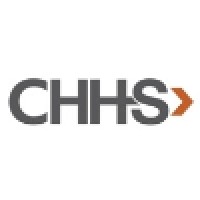
The Steamboat Institute
The Steamboat Institute promotes America’s first principles and inspires active involvement in the defense of liberty. Here at the Steamboat Institute, we are Defenders of Freedom and Advocates of Liberty. We are admirers of the bravery and rugged individualism that has made this country great. We are admirers of the greatness and wisdom that resides in every individual. We understand that this is a great nation because of its people, not because of its government. Like Thomas Jefferson, we would rather be, “exposed to the inconveniences attending too much liberty than those attending too small a degree of it.” The Steamboat Institute is a 501(c)(3) non-profit, non-partisan educational organization, founded in 2008 and based in Colorado. We are proud of our contributions to the marketplace of ideas on issues of national significance. Our focus is on educating people – especially our next generation of leaders – on the principles and policies that enhance individual freedom, free speech, free markets, prosperity, and opportunity for all.






